Home>Furniture & Design>Bathroom Accessories>How To Unclog A Toilet With Poop Without A Plunger
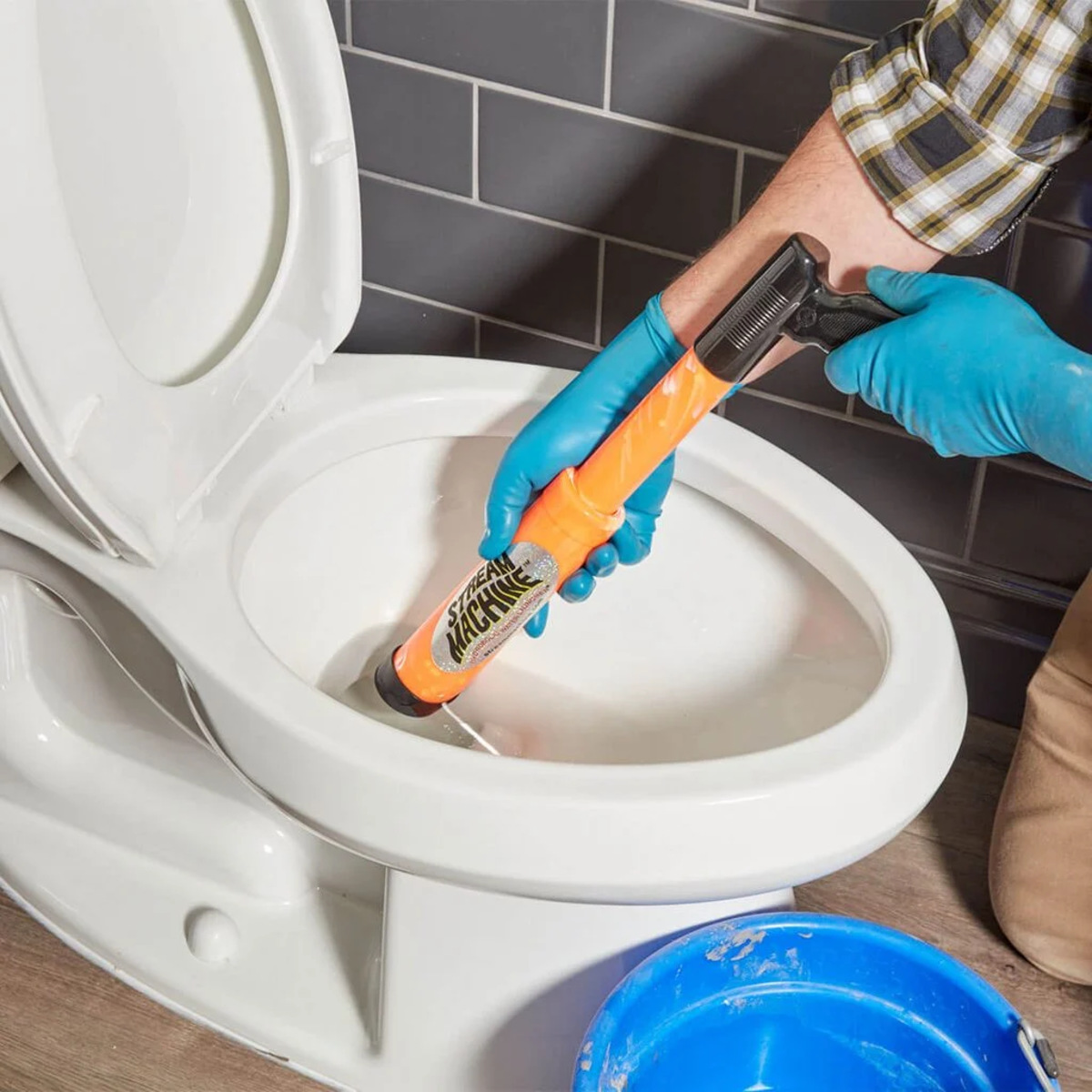

Bathroom Accessories
How To Unclog A Toilet With Poop Without A Plunger
Modified: April 23, 2024
Learn how to unclog a toilet without a plunger using simple bathroom accessories. Get rid of poop clogs easily with these effective tips.
(Many of the links in this article redirect to a specific reviewed product. Your purchase of these products through affiliate links helps to generate commission for Storables.com, at no extra cost. Learn more)
Introduction
Dealing with a clogged toilet can be a distressing and inconvenient situation, especially when it's clogged with poop and you don't have a plunger on hand. However, fear not, as there are alternative methods that can effectively unclog a toilet without the use of a plunger. In this comprehensive guide, we will explore several practical and resourceful techniques to tackle this unpleasant predicament. Whether you're facing this issue at home, a friend's place, or in a public restroom, these methods can come to your rescue and save the day.
When faced with a clogged toilet, it's essential to remain calm and approach the situation with a clear plan of action. By following the steps outlined in this guide, you can effectively address the issue and restore the functionality of the toilet. From utilizing household items to employing simple yet effective techniques, you'll discover that unclogging a toilet without a plunger is indeed possible. So, let's delve into the practical steps that can help you resolve this common household dilemma with ease and resourcefulness.
Key Takeaways:
- Don’t panic if your toilet gets clogged with poop and you don’t have a plunger. You can use everyday items like hot water, dish soap, a wire hanger, and a toilet brush to unclog it effectively.
- By using hot water, dish soap, a wire hanger, and a toilet brush, you can unclog a toilet without a plunger. These simple and resourceful methods can help you tackle this common household dilemma with confidence and ingenuity.
Read more: How To Unclog A Toilet Without A Plunger
Step 1: Gather Necessary Supplies
Before embarking on the journey to unclog a toilet without a plunger, it's crucial to gather the necessary supplies. These items will serve as your arsenal in the battle against the stubborn clog. Here's what you'll need:
-
Rubber Gloves: It's essential to protect your hands from coming into direct contact with any waste or unhygienic substances. Rubber gloves will act as a barrier, keeping your hands clean and protected throughout the unclogging process.
-
Bucket: Having a bucket on hand can be incredibly useful for various methods of unclogging. It can be used to transport hot water to the toilet or to collect excess water in case of overflow.
-
Hot Water: Boiling water is a simple yet effective tool for breaking down the clog. The heat can help to loosen the blockage and allow it to pass through the pipes more easily.
-
Dish Soap: This household staple can act as a lubricant, reducing friction between the waste and the pipes. Additionally, the soap's slippery nature can help dislodge the clog and facilitate smoother passage.
-
Wire Hanger: A wire hanger can be bent and manipulated to create a makeshift tool for dislodging the clog. Its flexibility and ability to reach deep into the toilet's drain make it a valuable asset in this unclogging endeavor.
-
Toilet Brush: While primarily used for cleaning, a toilet brush can also be repurposed to break up and dislodge the clog. Its bristles can help to agitate and loosen the blockage, aiding in the unclogging process.
By ensuring that you have these supplies at your disposal, you'll be well-equipped to tackle the task of unclogging a toilet without a plunger. With these items in hand, you can proceed with confidence, knowing that you have the necessary tools to address the situation effectively.
Step 2: Pour Hot Water into the Toilet
When faced with a clogged toilet, pouring hot water into the bowl can be a simple yet effective method to dislodge the obstruction. The heat from the water can help to break down the waste, making it easier to flush away the clog. Here's how to effectively utilize this technique:
-
Boil Water: Begin by boiling a generous amount of water in a kettle or pot. The water should be hot but not boiling vigorously, as extreme heat may cause damage to the porcelain bowl.
-
Pour Carefully: Once the water reaches the desired temperature, carefully pour it into the toilet bowl. It's important to pour from a moderate height to allow the hot water to mix with the standing water in the bowl without splashing.
-
Wait and Flush: Allow the hot water to sit in the bowl for a few minutes. The heat will work to soften and break down the clog. After a brief waiting period, attempt to flush the toilet. If the clog has loosened, the water should begin to drain more freely.
-
Repeat if Necessary: In some cases, a single application of hot water may not fully dislodge the clog. If the water level remains high after the initial attempt, repeat the process with another round of hot water. This additional application can further assist in breaking down the obstruction.
It's important to exercise caution when handling hot water to avoid any accidental burns or spills. Additionally, if the toilet bowl is very full, it's advisable to remove some of the standing water before pouring in the hot water to prevent overflow.
By pouring hot water into the toilet, you can harness the power of heat to tackle the clog without the need for a plunger. This straightforward yet effective method can serve as a valuable tool in your arsenal as you work to restore the proper function of the toilet.
Step 3: Use Dish Soap
When faced with a stubborn toilet clog and lacking a plunger, dish soap can emerge as an unexpected yet remarkably effective ally in the battle against the obstruction. This household staple, known for its grease-cutting and lubricating properties, can serve as a valuable tool in dislodging the clog and facilitating smoother drainage. Here's how to leverage the power of dish soap to address the clog without a plunger:
-
Prepare the Dish Soap: Begin by selecting a generous amount of dish soap, preferably a variety known for its powerful degreasing abilities. The soap's slippery nature and lubricating properties will play a crucial role in reducing friction between the waste and the pipes, thereby aiding in the unclogging process.
-
Pour the Dish Soap: With the dish soap in hand, carefully pour a substantial amount directly into the toilet bowl. It's essential to aim for an even distribution of the soap across the water's surface, ensuring that it comes into contact with the clog. The soap will work to coat the obstruction, making it more slippery and less likely to adhere to the pipes.
-
Wait and Flush: Allow the dish soap to sit in the toilet bowl for a reasonable duration, typically around 30 minutes. During this time, the soap will begin to penetrate the clog, breaking it down and making it easier to flush away. After the waiting period, attempt to flush the toilet. If the clog has been effectively loosened, the water should begin to drain more freely, indicating a successful outcome.
-
Repeat if Necessary: In instances where the clog persists after the initial application of dish soap, consider repeating the process with an additional amount of soap. This secondary application can further enhance the soap's effectiveness in dislodging the obstruction, ultimately leading to a successful unclogging outcome.
By harnessing the degreasing and lubricating properties of dish soap, you can effectively combat a toilet clog without the reliance on a plunger. This simple yet resourceful method exemplifies the versatility of everyday household items in addressing common household challenges. With dish soap as your ally, you can navigate the task of unclogging a toilet with confidence and ingenuity, ensuring that the issue is resolved promptly and effectively.
Pour hot water and dish soap into the toilet bowl. Let it sit for a few minutes, then flush. The hot water and soap can help break up the clog and allow it to flush through.
Step 4: Use a Wire Hanger
When faced with a clogged toilet and lacking a plunger, a simple wire hanger can be repurposed as a makeshift tool to dislodge the obstruction. Its flexibility and ability to reach deep into the toilet's drain make it a valuable asset in this unclogging endeavor. Here's how to effectively utilize this resourceful technique:
-
Prepare the Wire Hanger: Begin by selecting a standard wire hanger and straightening it out as much as possible. While the hanger's original shape may be conducive for hanging clothes, its malleability allows it to be bent and manipulated into a more suitable form for unclogging the toilet.
-
Create a Hook: Using pliers, bend one end of the wire hanger to form a small hook. This hook will serve as the primary tool for reaching into the toilet's drain and dislodging the clog. The size of the hook should be small enough to fit into the drain opening without causing any damage to the porcelain.
-
Insert the Hanger: Carefully insert the hooked end of the wire hanger into the toilet's drain, maneuvering it gently to avoid scratching or causing any harm to the porcelain surface. Once the hook reaches the obstruction, use a gentle and probing motion to dislodge the clog.
-
Agitate the Clog: With the hook positioned near the clog, gently agitate and maneuver the wire hanger to break apart the obstruction. The hanger's flexibility allows it to navigate the twists and turns of the drain, effectively targeting and dislodging the clog.
-
Flush and Repeat: After using the wire hanger to dislodge the clog, attempt to flush the toilet. If the water begins to drain more freely, it indicates a successful outcome. In cases where the clog persists, consider repeating the process with the wire hanger to further break down the obstruction.
By repurposing a simple wire hanger, you can effectively address a toilet clog without the need for a plunger. This resourceful and practical method exemplifies the ingenuity that can be applied to everyday household items, transforming them into valuable tools for resolving common challenges. With the wire hanger as your ally, you can navigate the task of unclogging a toilet with confidence and resourcefulness, ensuring that the issue is promptly and effectively resolved.
Read more: How To Unclog Toilet Without Plunger
Step 5: Use a Toilet Brush
When faced with a clogged toilet and lacking a plunger, a commonly overlooked yet surprisingly effective tool for unclogging is the humble toilet brush. While its primary function is for cleaning, the bristles of a toilet brush can be repurposed to break up and dislodge the clog, offering a practical and accessible solution to this common household dilemma.
Here's how to effectively utilize a toilet brush to address a toilet clog without the reliance on a plunger:
-
Select the Toilet Brush: Begin by selecting a toilet brush with sturdy bristles and a durable handle. The bristles should be robust enough to provide effective agitation and dislodgment of the clog without risk of damage to the toilet bowl.
-
Protective Gear: Before proceeding, it's advisable to don a pair of rubber gloves to protect your hands from coming into direct contact with any waste or unhygienic substances.
-
Agitate the Clog: With the toilet brush in hand, carefully insert the bristles into the toilet bowl, positioning them near the location of the clog. Using a gentle yet firm motion, agitate and maneuver the brush to break apart the obstruction. The sturdy bristles of the brush can effectively dislodge the clog, allowing it to be flushed away.
-
Repeat the Process: After agitating the clog with the toilet brush, attempt to flush the toilet. If the water begins to drain more freely, it indicates a successful outcome. In cases where the clog persists, consider repeating the process with the toilet brush to further break down the obstruction.
-
Sanitization: After successfully unclogging the toilet, thoroughly sanitize the toilet brush using a disinfectant cleaner. This ensures that the brush is clean and ready for its intended use in maintaining the hygiene of the toilet.
By repurposing a toilet brush as a tool for unclogging, you can effectively address a toilet clog without the need for a plunger. This practical and accessible method showcases the versatility of everyday household items in resolving common challenges. With the toilet brush as your ally, you can navigate the task of unclogging a toilet with confidence and resourcefulness, ensuring that the issue is promptly and effectively resolved.
Conclusion
In conclusion, encountering a clogged toilet, especially when it's obstructed with poop and lacking a plunger, can undoubtedly be a distressing and inconvenient situation. However, armed with resourcefulness and practical techniques, it's possible to effectively address this common household dilemma. By following the steps outlined in this guide, individuals can confidently navigate the process of unclogging a toilet without the reliance on a plunger, utilizing everyday household items and ingenuity to restore the proper functionality of the toilet.
The first step in this resourceful journey involves gathering the necessary supplies, including rubber gloves, a bucket, hot water, dish soap, a wire hanger, and a toilet brush. These items serve as valuable tools in the battle against the stubborn clog, providing the means to address the issue effectively.
The subsequent steps outline practical techniques for unclogging the toilet without a plunger. From pouring hot water into the bowl to utilizing dish soap, a wire hanger, and a toilet brush, each method offers a unique approach to dislodging the obstruction and facilitating smoother drainage. These resourceful techniques exemplify the versatility of everyday household items, showcasing their potential to serve as valuable tools in resolving common challenges.
By leveraging the power of heat, lubrication, and agitation, individuals can effectively combat a toilet clog without the reliance on a plunger. These methods not only offer practical solutions but also underscore the ingenuity that can be applied to everyday items, transforming them into valuable tools for addressing household dilemmas.
In essence, the ability to unclog a toilet without a plunger is a testament to resourcefulness and practical problem-solving. By embracing these techniques, individuals can navigate this common household challenge with confidence and ingenuity, ensuring that the issue is promptly and effectively resolved. Whether faced with a clogged toilet at home, a friend's place, or in a public restroom, the resourceful methods outlined in this guide can serve as a reliable arsenal in addressing this inconvenient predicament.
Frequently Asked Questions about How To Unclog A Toilet With Poop Without A Plunger
Was this page helpful?
At Storables.com, we guarantee accurate and reliable information. Our content, validated by Expert Board Contributors, is crafted following stringent Editorial Policies. We're committed to providing you with well-researched, expert-backed insights for all your informational needs.
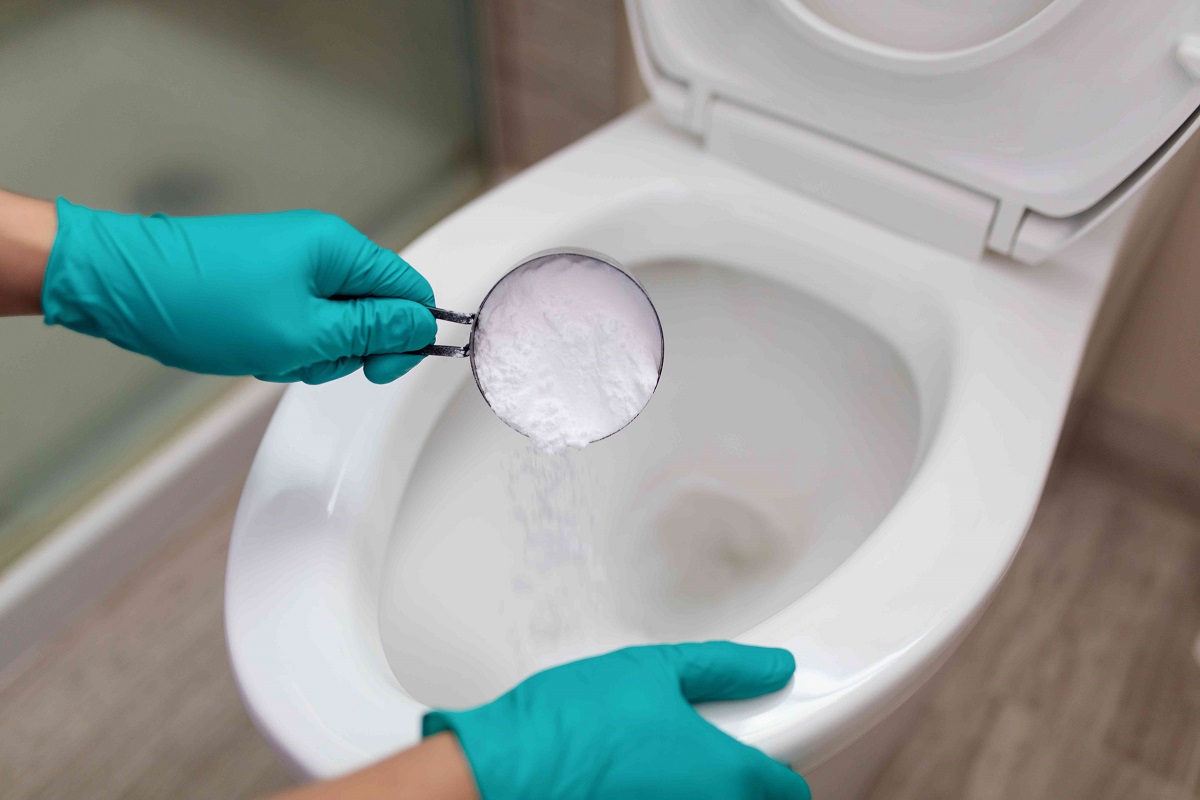
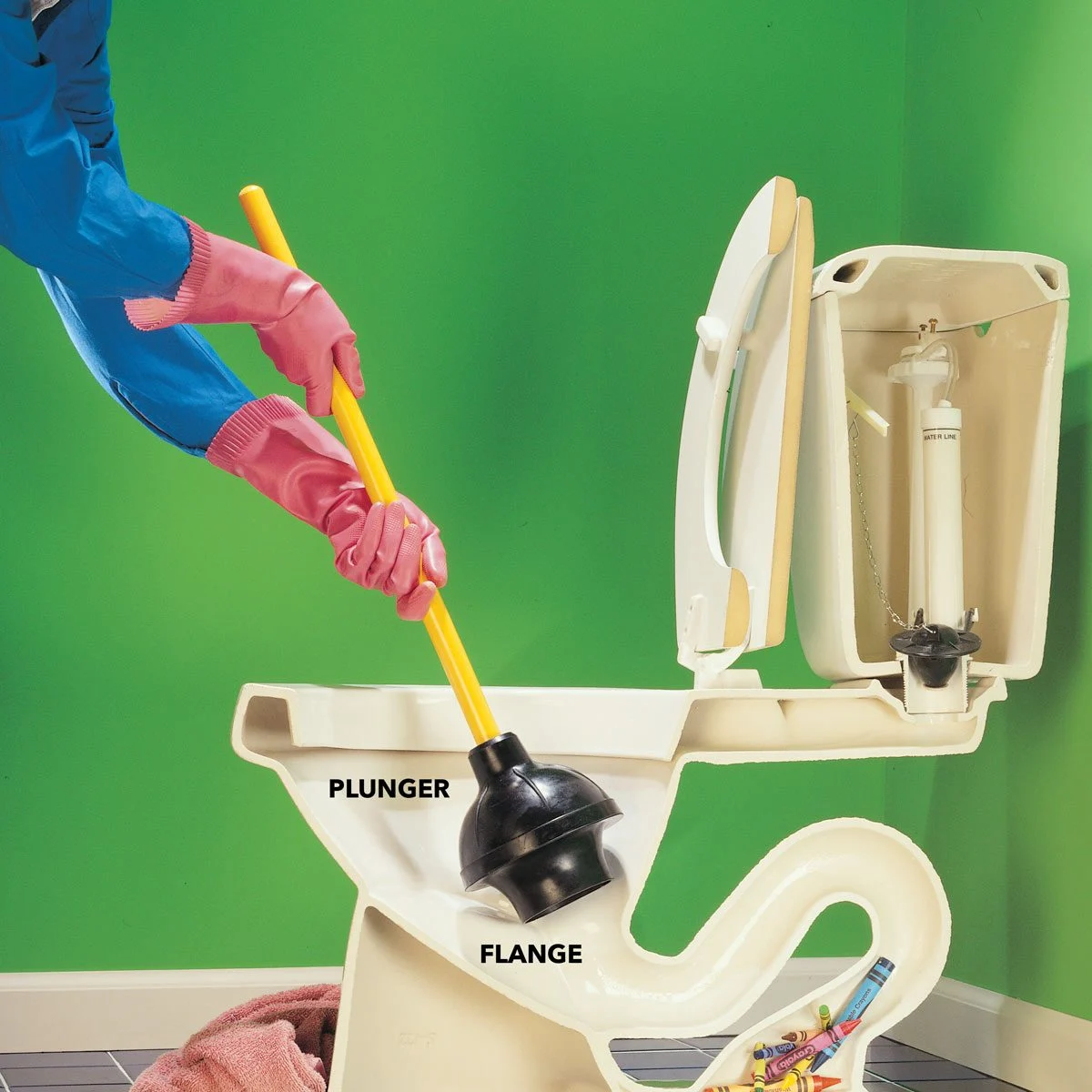
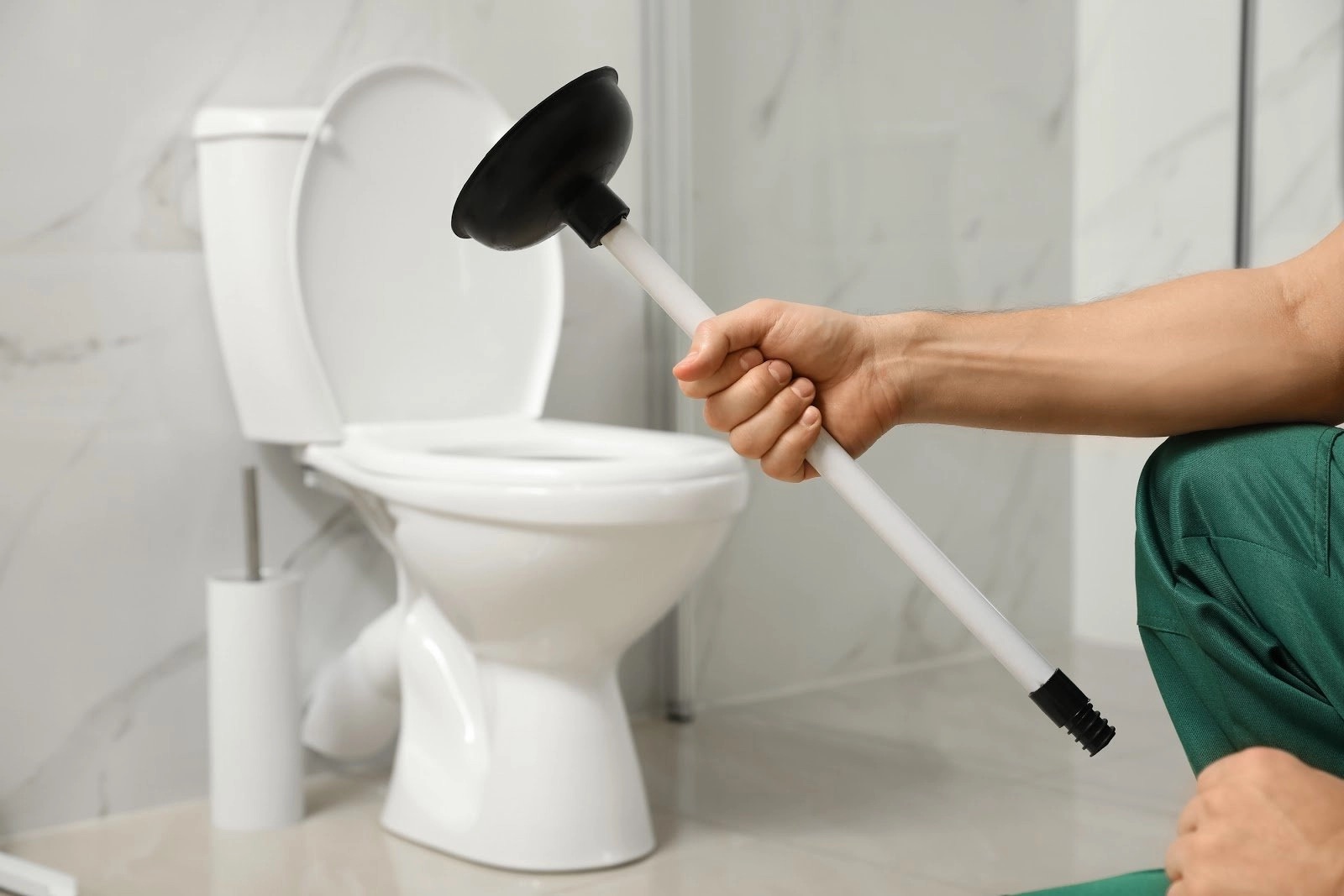
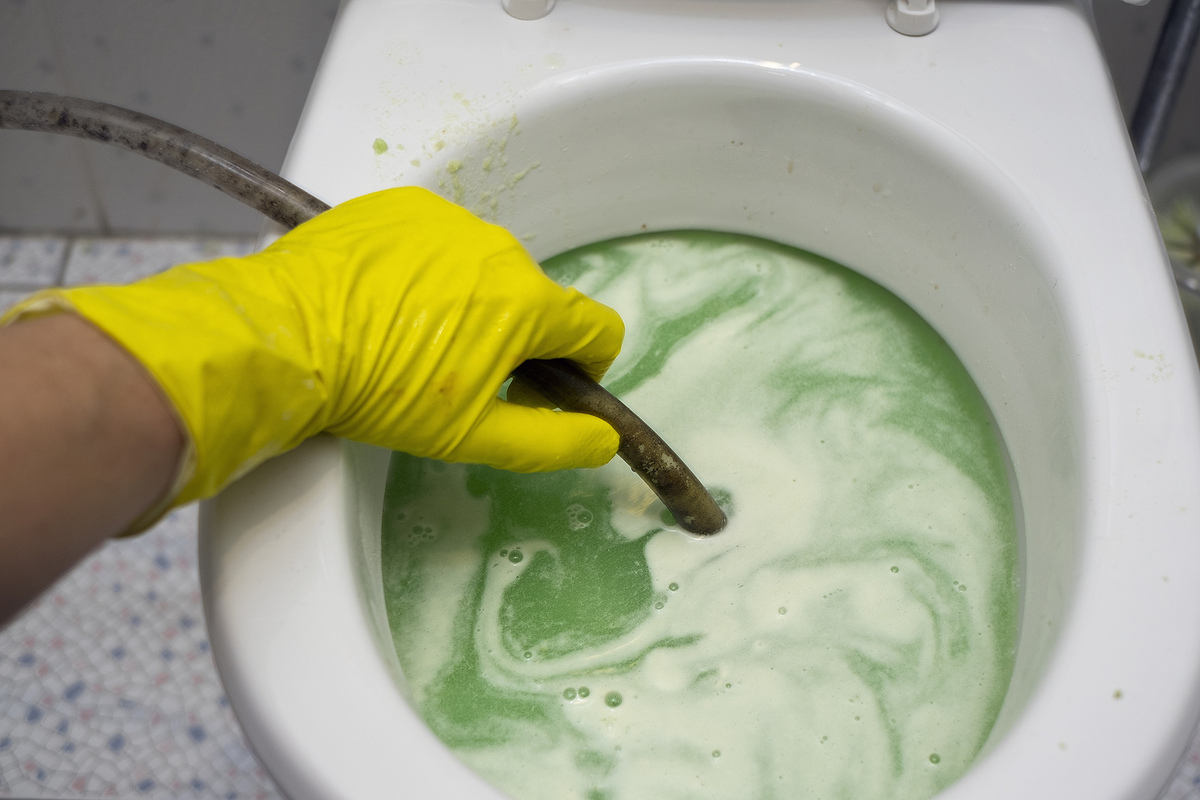
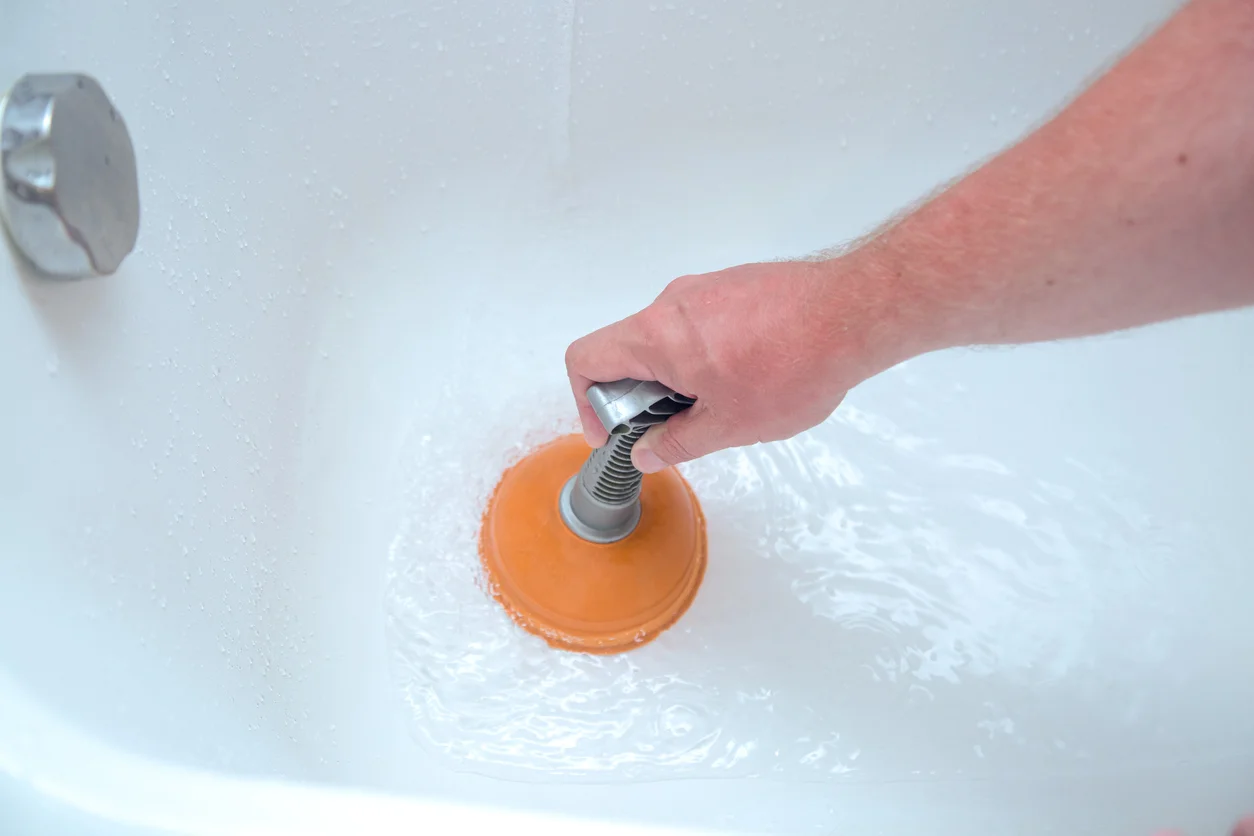
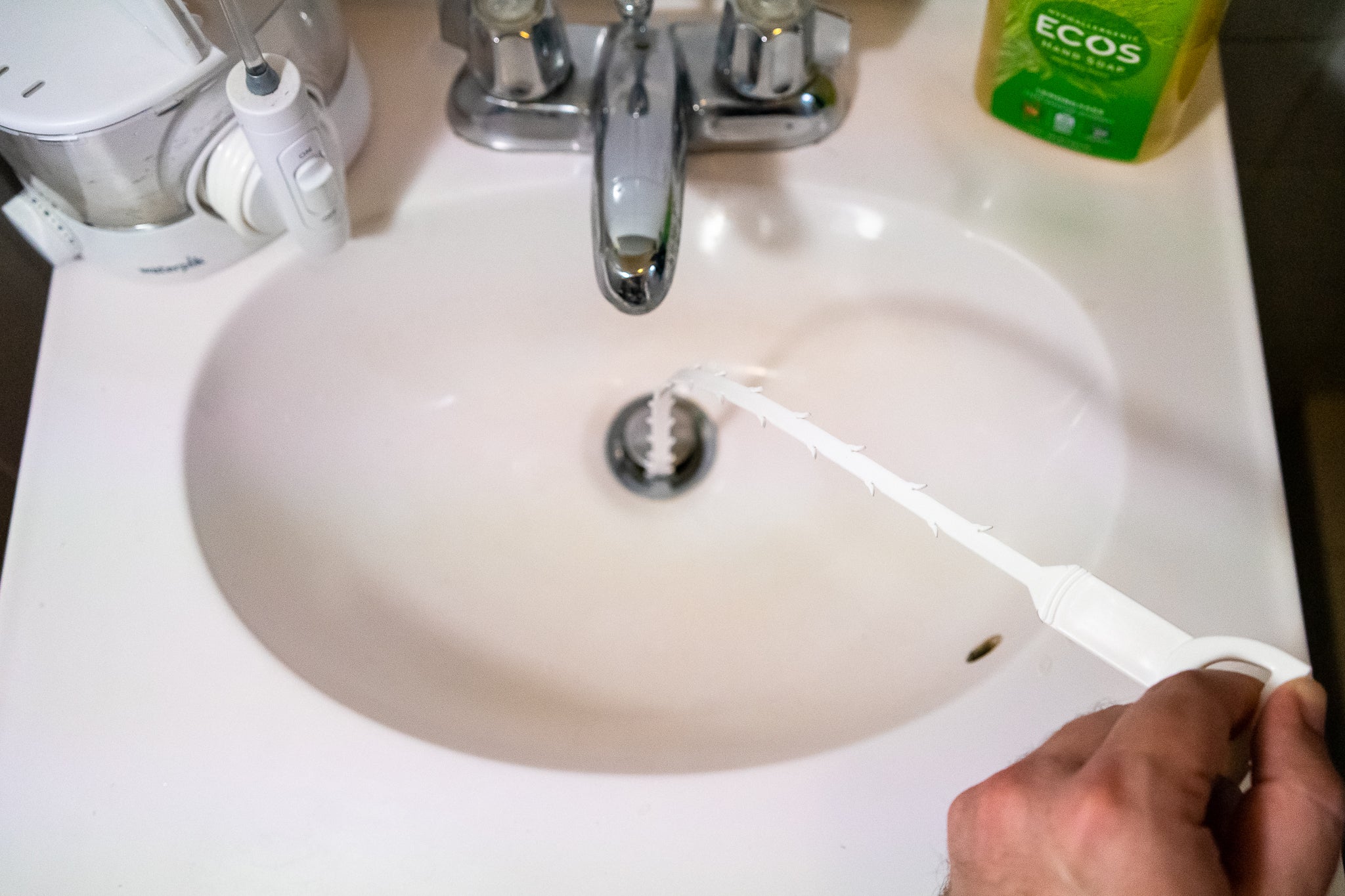
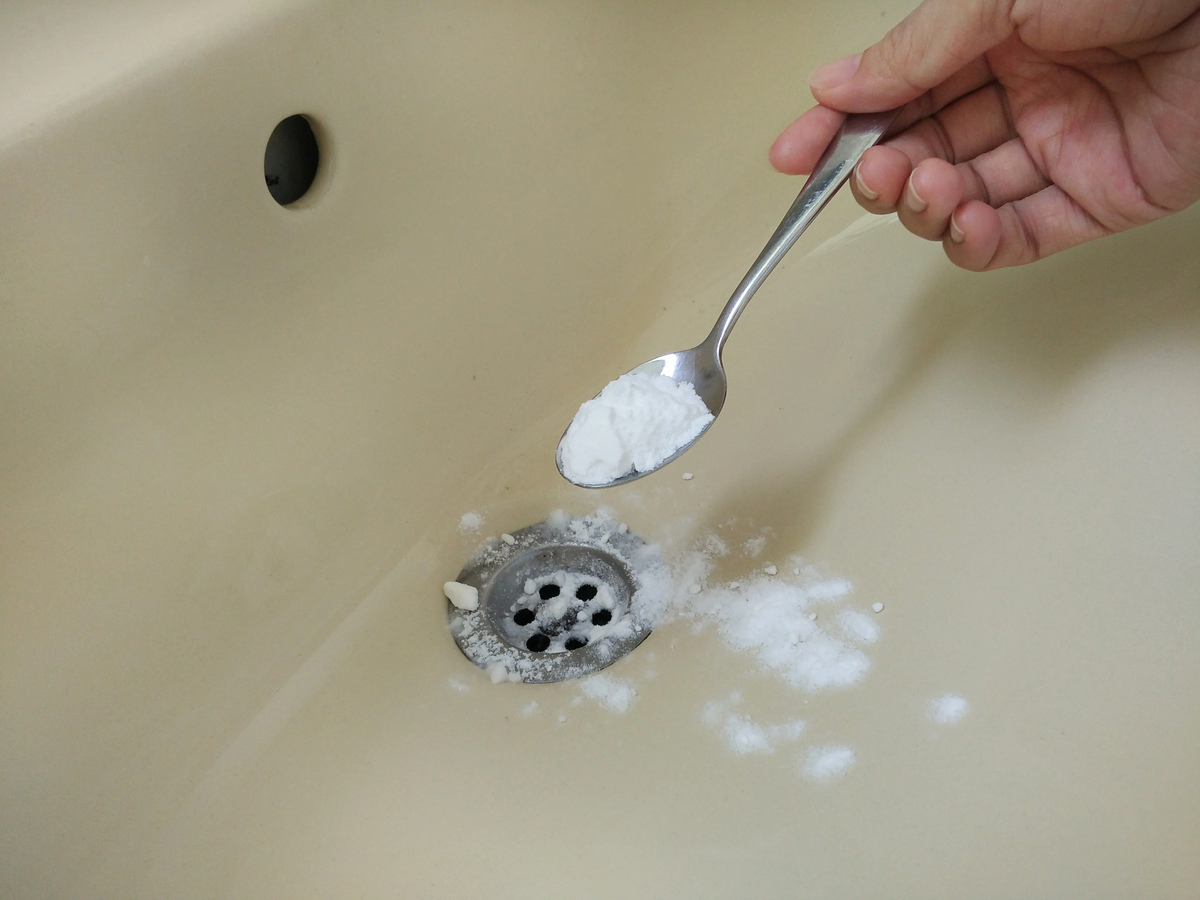
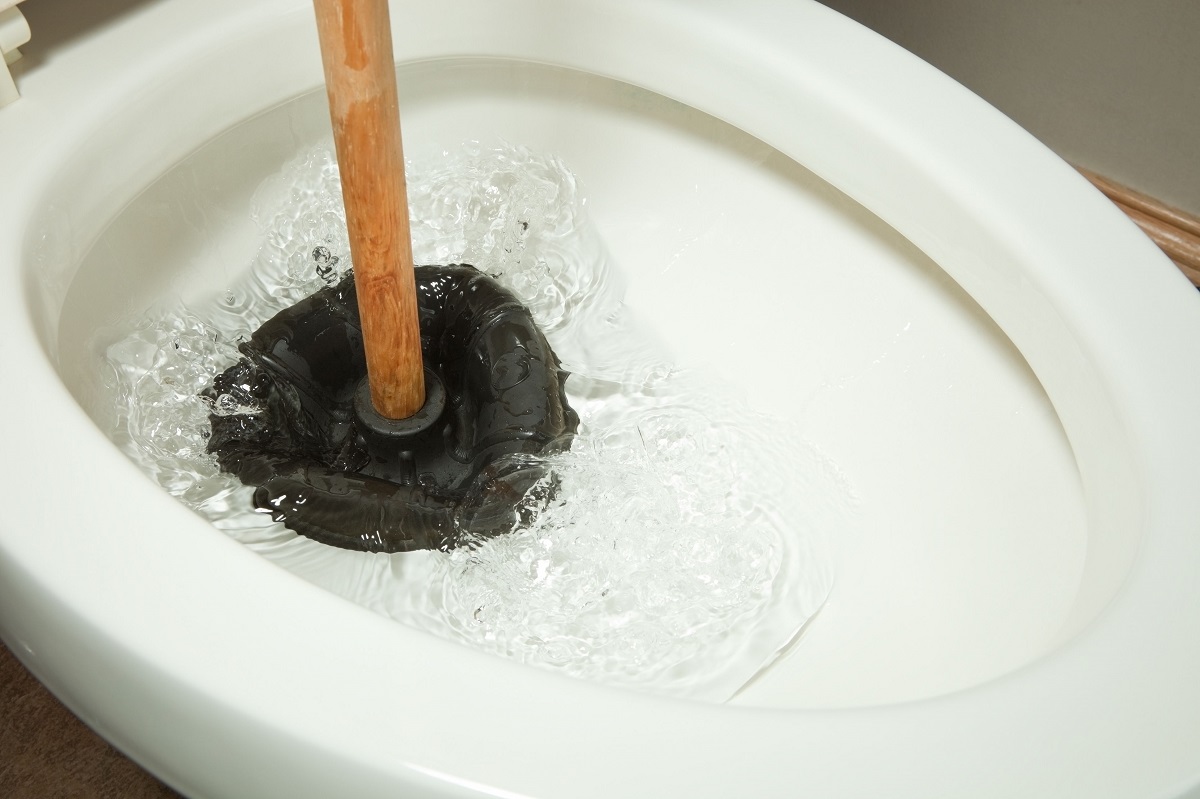
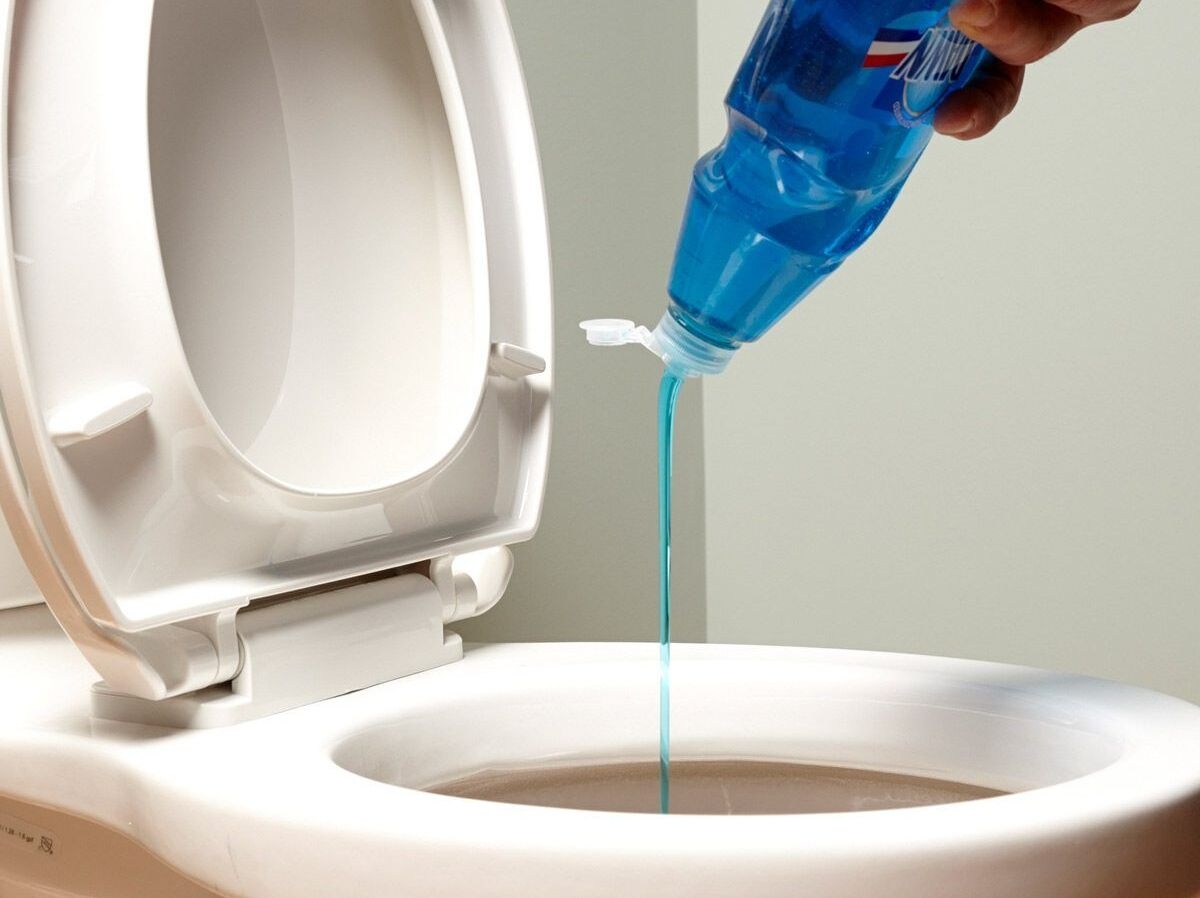
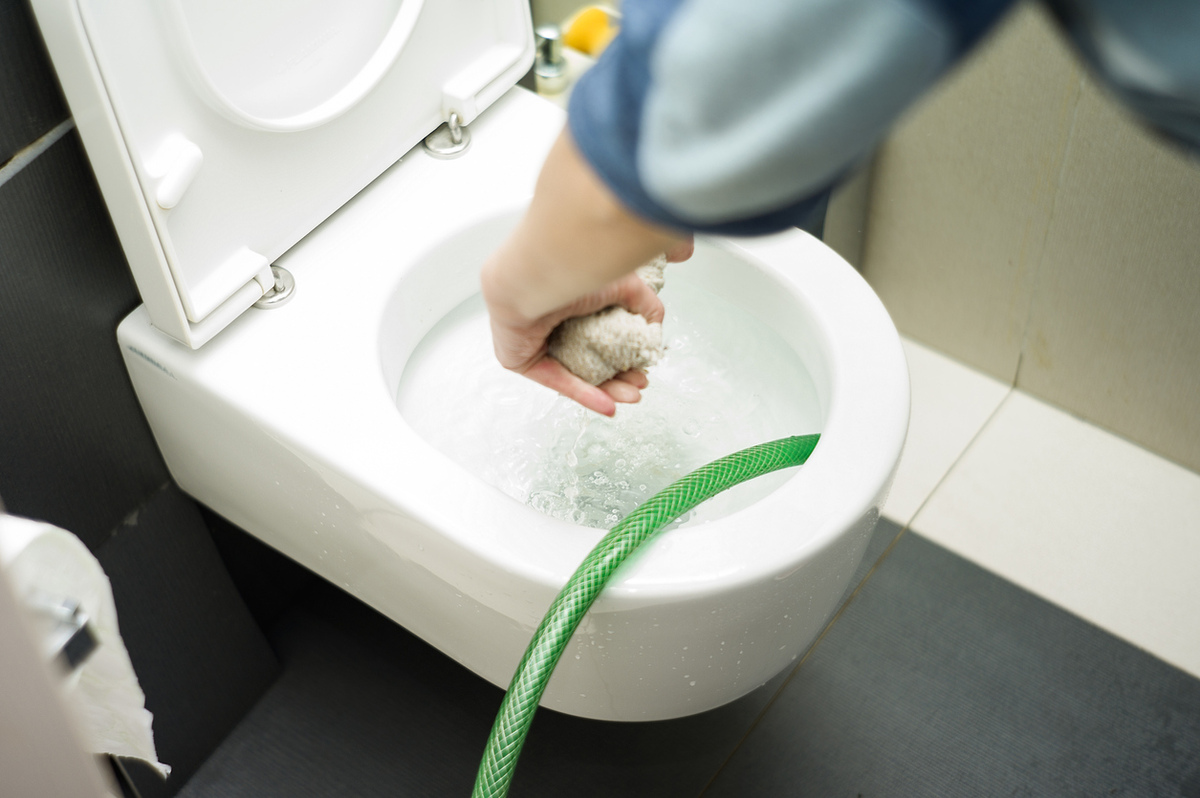
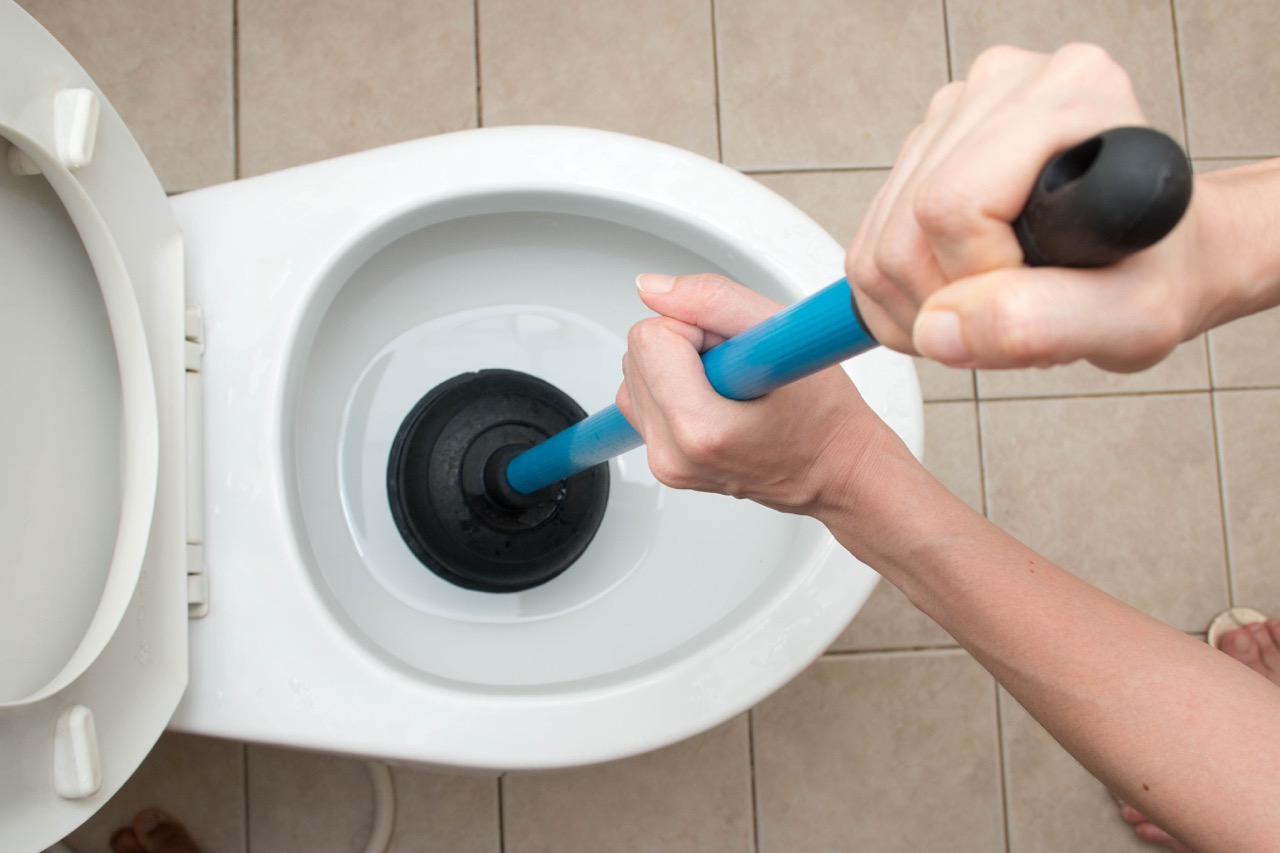
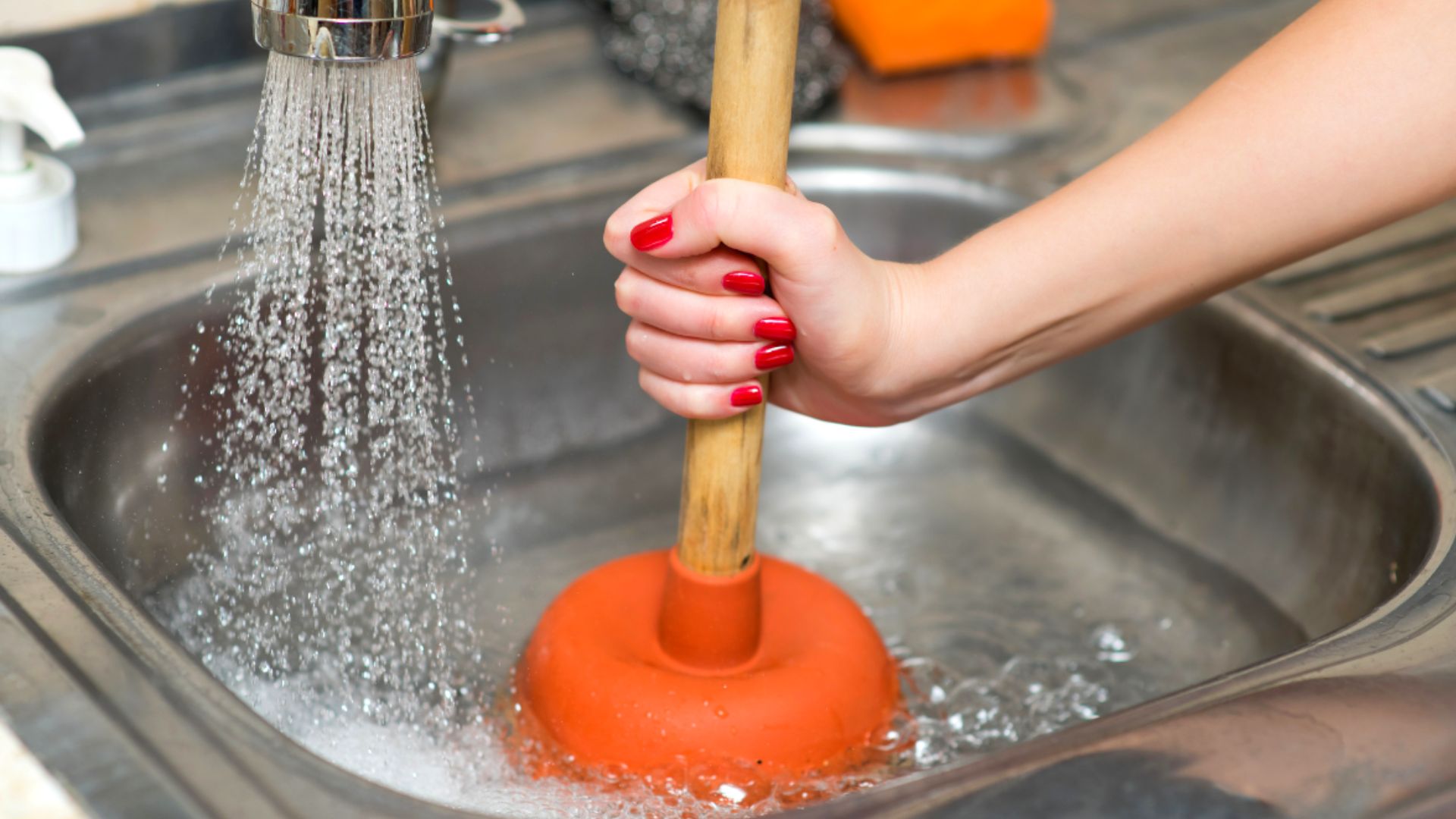
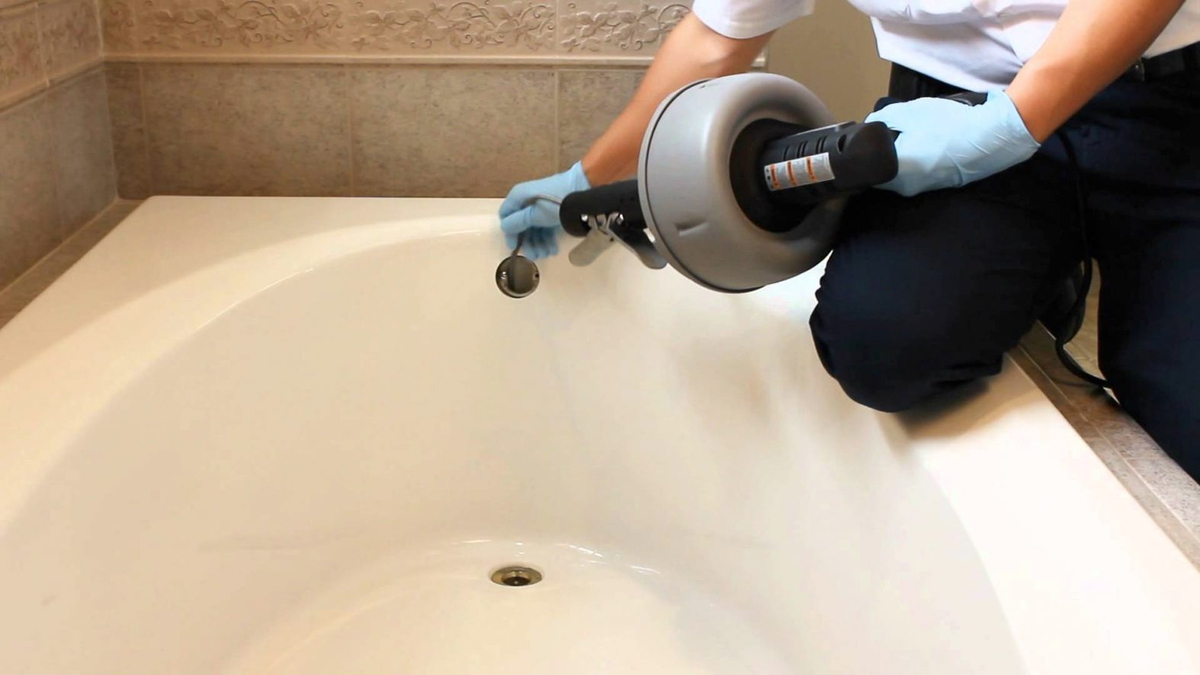
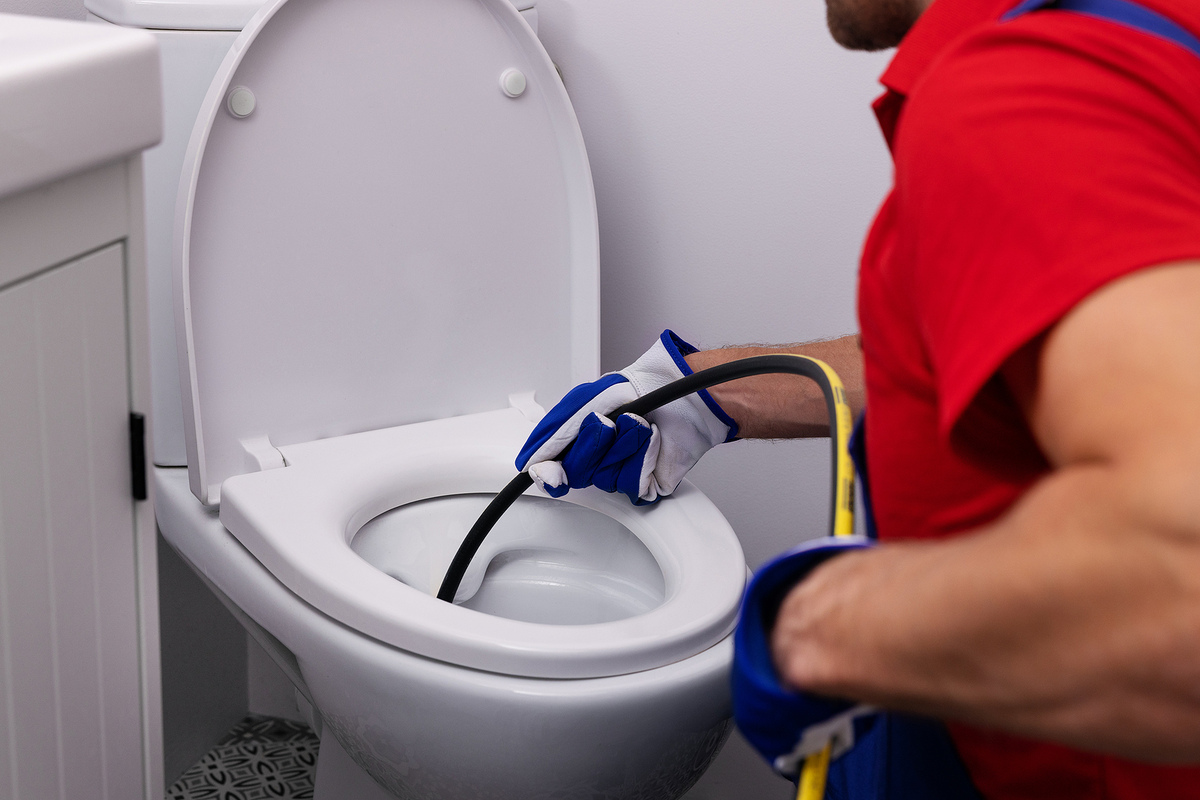

0 thoughts on “How To Unclog A Toilet With Poop Without A Plunger”